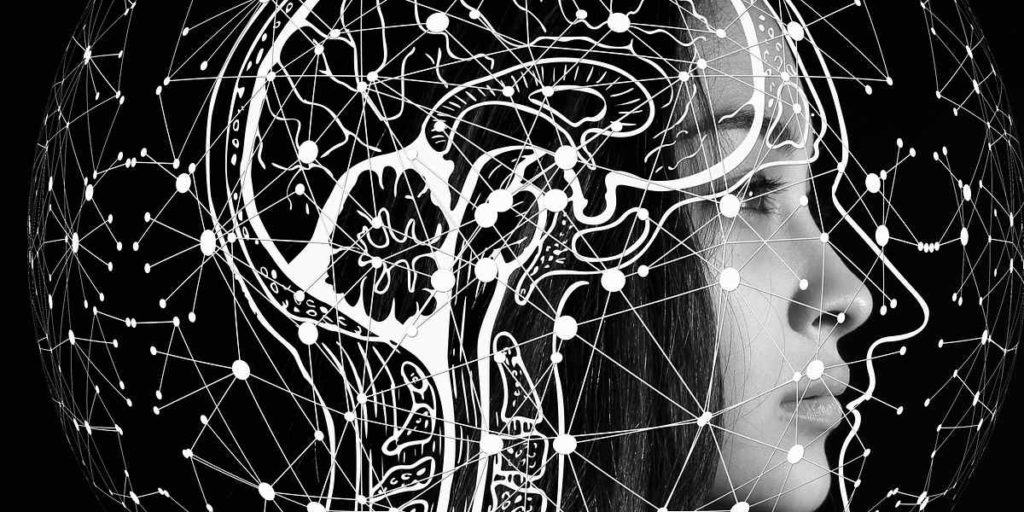
Training and inference in Artificial Intelligence and its influence in deep learning
First of all we should determine the concept of Artificial Intelligence. The first thing that comes to mind is that computers think or have a conscience of their own, but in reality it has to do with the processing of data sets, that is, with the information given to the system.
Today it is everywhere, and it can be said that these are automated systems that generate responses based on the input data they receive from a model created from a period of training or study.
In this article we will define the concepts of training and inference, in a generic way, applicable to any sector, field or hardware.
What is AI training?
Initially the AI is given a set of data with the correct labels, known as training data. Then, the inference model generated by the test data set is monitored, to which the AI can respond truthfully or falsely. The aim of this learning method is to detect patterns, and what AI does in this case is to search and group the data according to their similarity. It is the most widely used type of training in multimedia data processing.
In this model the training data set is entered in real time and the conclusions drawn by the AI are evaluated by a supervisory agent who feeds it, which can be a person, a complex database and even another AI. In this case, the productive AI does not know what it is looking for from the beginning, and only learns from a second AI that can perform the evaluation by classification or pattern search. Depending on the type of problem for which you want to create a model or solution, the training process may require more or less energy and time.
For example, there are cases where it is necessary to use data centres consisting of tens or even hundreds of computers, while other problems can be solved with a low-power home computer.
What is AI inference?
Broadly speaking, the inference is to put into practice what AI has learned in training. Once the AI learns the model, it creates an inference model that it will use to solve and/or classify the problem. This structure allows AI processors to learn complex structures without requiring large amounts of data.
What are neural networks?
The neural network is a type of AI algorithm that takes information, runs it through a neural network, called layers, and provides the results. This ability to retrain the neural network until they learn to provide the correct response is an important aspect of cognitive computing. Neural networks learn from the data they are exposed to and reorganise the connection between neurons. Then, when a neural network adapts, it actually adjusts the strength of the connections between its neurons, so that it can give a more accurate response next time.
Most organisations today have a large amount of data that they can use to train these neural networks. However, there is still the whole big and intense mathematical problem of calculating the connections of the neurons during training.
Neural networks are very much connected to training and inference. For a neural network to provide a good answer to a problem, these connections must be addressed by repeatedly exercising network training, i.e. by exposing oneself to data.
Through inference we can use a neural network to provide feedback after it has been trained. Neural networks need less than a second to provide a response to data given about the real world. Therefore, no powerful hardware is needed to put a trained neural network into production, a more modest server, called an inference server, can be used, whose function is to run a trained AI model.




